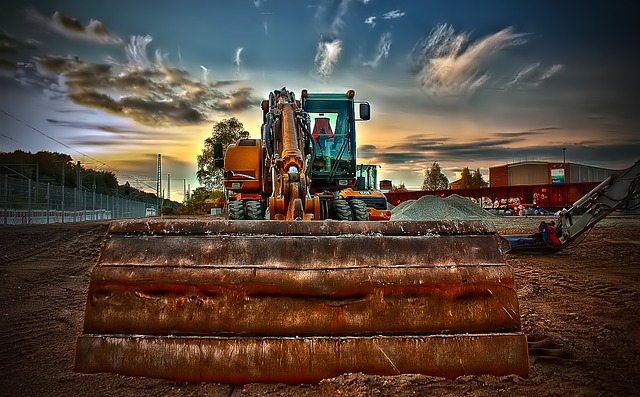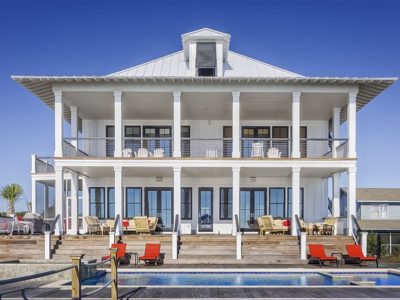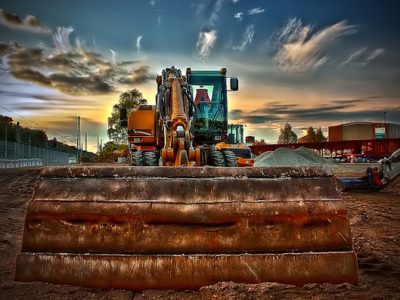Tama 38 is a nation-wide process whereby older buildings, built before 1980, are strengthened to provide them with earthquake and missile protection. As part of the process each apartment can have an additional sealed room (mamad) added to it, or an additional balcony, or sometimes both. An elevator is and installed in the building, and its core foundations are strengthened as well.
All this is done free of charge by a contractor, at no cost to the residents. In return, he receives the rights to build one or two additional floors to the building, whose apartments he can sell for a profit.
The result is a win-win for all: the municipality gets buildings that are better prepared for disasters, the residents get additional living space, and the contractor gets additional properties to sell.
How it’s done
The construction process involved in applying Tama 38 to a building is obviously an unpleasant one, and may take a long time to complete. A contractor will sometimes take upon themselves the relocation of an entire buildings residents to a new location for the duration of the construction.
Other times, they will build up the extensions on the outside the building while the residents are still living there. Once the construction is complete, they then punch through the walls of the existing apartments to the new units they created.
The process of applying Tama 38 to a building requires the agreement of most of its residents. Once more than 60% of the residents agree to the plan, they must hire a lawyer and pay to submit an application to their municipality to have their building approved for the process. Only once they receive municipal approval can a contractor step in and begin the work at no additional cost.
Tama 38 is often approved on a neighborhood basis, where, for example, multiple buildings in Ramat Eshkol and Bakah are getting refurbished, but not a single building in French Hill has been approved yet.
Solving the housing crisis – and a unique investment opportunity
I believe that Tama 38 will be the next step in solving Jerusalem’s housing crisis: there are no additional neighborhoods being built in the near future, so adding living space and houses to existing buildings and neighborhoods will be one of the main ways to alleviate the need for more houses.
It also creates a unique investment opportunity. Buying one of the new top-floor apartments on paper from a developer can result in a 30% increase in its value once the construction is complete. I personally have purchased one such property on Rivka Street (between Baka and Talpiot), which should be ready in about two years.
There’s an excellent site I recommend for keeping abreast of Jerusalem’s construction news and trends. It’s called Jerusalem Construction News and is referred to by many real estate agents and developers in Jerusalem to keep up with local construction news.
If you’re looking to learn more about Tama 38 and investment opportunities it provides, feel free to contact me and I’d be happy to assist you with information and advice.


